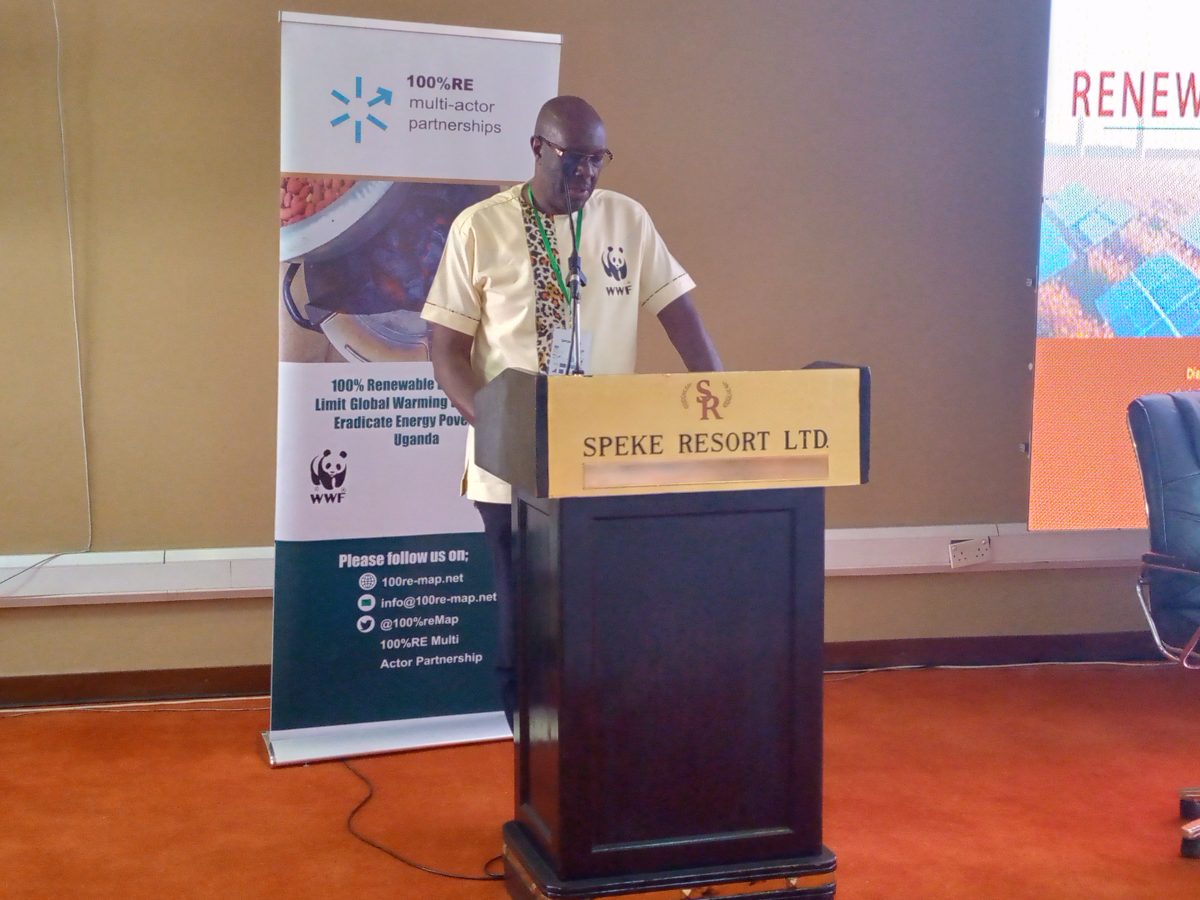Ivan Tumuhimbise the country director of WWF-Uganda has stressed out the challenge of fake solar materials on the market lately as an issue that has partly hindered the 100% renewable energy transition.
This, according to Tumuhimbise, has discouraged many Ugandans and if not resolved urgently, it will greatly affect the transition hence a great failure in fulfilling this goal.
“We think that one of the ways to solve this question is to work with all stakeholders including UNBS to resolve the issue of some counterfeits on the market, because if one acquires a solar system that doesn’t work and doesn’t have a guarantee scheme, that person and those around him are likely to be easily discouraged,” Tumuhimbise explained.
Tumuhimbise made these remarks while speaking at a side event on Renewable Energy at the Renewable Energy conference and Expo that was organized by the Ministry of Energy and Mineral Development on Friday.
Considering the need to ensure that energy demand is met by sustainable and renewable resources as opposed to non-renewable energy sources, WWF-Uganda together with Multi Actor Partnership commissioned a study towards 100% Renewable Energy by 2050 to provide the possible transition pathways based on the current energy mix, plans and programs of the government.
With an aim of contributing to the development of a targeted policy roadmap for 100% renewable energy for all, the results of the study are intended to inform decision makers including opinion leaders, academia, civil society, government officials and think tanks on possible transition pathways towards 100% RE in Uganda.
Tumuhimbise also hinted on the need to increase access in investing in alternative sources of clean energy like solar, restoration and cooking technologies as this will help to meet the energy demand because the population and urbanization are on the rise.
James Aketo the regional Energy officer WWF-Uganda emphasized the need for government and all stakeholders to put in place a conducive environment that will enable the achievement of this goal by 2050.
“Some of the measures that can be done are putting in place right policies that attract financing, ensuring research and innovation, capacity building and community involvement plus investing in the available RE infrastructure,” James explained.
This study that provides the possible transition pathways based on the current energy mix and plans was geared towards supporting governments, private sector and local communities to move towards a low carbon and climate resilient future through reducing forest degradation, adopting nature based solutions and increasing access to inclusive energy solutions.

